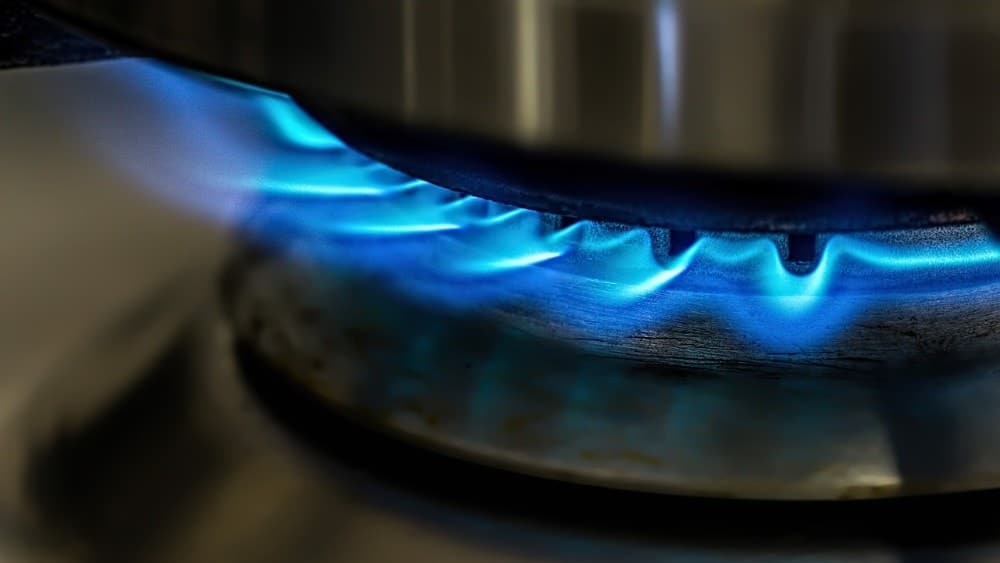Mashing is one of those magical steps in brewing that transforms basic ingredients into something extraordinary. If you’re like me and love the art of brewing, understanding mashing can elevate your craft to a whole new level. It’s where the starches in grains break down into sugars, setting the stage for fermentation and flavor development.
Understanding Mashing
Mashing represents a vital step in brewing, where the transformation of raw ingredients occurs. This process not only initiates sugar production but also lays the foundation for the final flavor profile of the beer.
Definition of Mashing
Mashing involves mixing crushed grains, typically malt, with hot water to extract sugars. During this process, enzymes in the malt convert starches into fermentable sugars. I use specific temperature ranges, usually between 140°F and 160°F (60°C – 71°C), to optimize enzyme activity and achieve desired sugar levels. This step is critical; without this conversion, fermentation wouldn’t produce alcohol or flavor complexity.
Importance in Brewing
Mashing plays an essential role in defining beer characteristics. It impacts body, sweetness, and overall flavor. Different mashing techniques, like decoction or step mashing, can enhance complexity and richness. For me, understanding how mashing affects the final product turns brewing into an art form. The right mash process increases fermentable sugars, ultimately influencing alcohol content and flavors in the finished beer.

The Mashing Process
Mashing transforms grist into sugar-rich wort, a critical stage in brewing. This process lays the groundwork for flavor and fermentation.
Key Steps in Mashing
- Crushing Grains: I start by finely crushing the grains to increase surface area, allowing enzymes to access starches more efficiently.
- Mixing with Water: I mix the crushed grains with hot water, usually between 140°F and 160°F. This temperature range activates enzymes that convert starches into fermentable sugars.
- Resting Period: I maintain the mash for 60 to 90 minutes, allowing enzymes to break down the starches fully. This duration optimizes sugar extraction.
- Lautering: After resting, I separate the liquid wort from the spent grains. This step is crucial as it captures the sugars dissolved in the water.
- Sparging: I rinse the grains with hot water to extract any remaining sugars, enhancing the wort’s sugar content. This step maximizes efficiency in sugar extraction.
Types of Mashing Techniques
- Single Infusion Mashing: I use this method for most ales, combining grains and water at a single temperature. It’s simple and ideal for straightforward beer styles.
- Step Mashing: I employ this technique when brewing more complex beers. I adjust the temperature at specific intervals to activate different enzymes, allowing for a broader range of sugars.
- No Sparge Mashing: I sometimes opt for no sparge, where I extract all sugar in one step. It simplifies the process but may lead to a lighter wort.
- Decoction Mashing: When aiming for traditional flavors, I do decoction mashing. I boil a portion of the mash, then return it to the main mash. This enhances malt character and complexity.
Mashing significantly influences the final beer, affecting its sweetness, body, and overall flavor. Understanding these processes makes me a more skilled brewer, enhancing both my craft and the enjoyment of each brew.
Factors Affecting Mashing
Mashing involves several critical factors that influence the brewing process and ultimately the beer’s taste and quality. Two vital areas are temperature control and grain selection, each playing a pivotal role in mashing efficiency and flavor development.
Temperature Control
Temperature control during mashing directly affects enzyme activation. I target specific temperature ranges, typically between 140°F and 160°F, to optimize the conversion of starches to sugars. Lower temperatures around 140°F favor beta-amylase activity, creating lighter-bodied beers with higher fermentable sugars. Higher temperatures, closer to 160°F, enhance alpha-amylase function, resulting in richer bodies and potentially unfermentable sugars that add sweetness. Maintaining a consistent temperature throughout the mashing process is crucial. Fluctuations can lead to incomplete conversions or an undesirable flavor profile.
Grain Selection
Grain selection significantly impacts the mashing process and the final product. I prefer using malted grains, as they provide enzymes necessary for sugar conversion. Different malts contribute unique flavors, colors, and aromas to the beer. For example, pale malts offer a clean, crisp base, while specialty malts like caramel or chocolate can add complexity and depth. Understanding the characteristics of each grain helps me craft specific flavor profiles. Additionally, the crush size of the grains affects efficiency; a finer crush increases surface area, promoting better sugar extraction during mashing. Choosing the right grains and preparing them correctly set the stage for a successful brew.
Common Issues in Mashing
Mashing can present several challenges that may affect the quality of your beer. Understanding these issues helps avoid pitfalls and achieve desired outcomes.
Stuck Mashes
Stuck mashes occur when the mash becomes too thick or clogged, blocking the flow of wort through the grain bed. This can happen due to insufficient water-to-grain ratios, overly fine grain crush, or high grain content. To prevent stuck mashes, I recommend maintaining a water-to-grain ratio of approximately 1.5-2 quarts of water per pound of grain. Keeping the grain crush in the sweet spot—coarse enough to allow water flow but fine enough to extract sugars—also aids in minimizing this issue. If you encounter a stuck mash, consider adding hot water to thin the consistency or using a mash paddle to stir things up and free any clogs.
Off-Flavors
Off-flavors can arise during mashing if temperatures fall outside the optimal range or if the mash rests too long. High temperatures may extract undesirable compounds, leading to astringent or overly sweet flavors, while low temperatures might produce insufficient sugars and lead to thin-bodied beer. I find that maintaining a steady temperature between 148°F and 156°F prevents these issues. Additionally, timing is crucial; mashes should typically not exceed 90 minutes to avoid extracting unwanted flavors. Regularly checking the mash temperature and sampling along the way ensures a balanced and enjoyable final product.
Conclusion
Mashing is truly a vital step in brewing that brings together science and creativity. It’s amazing how something as simple as mixing grains with hot water can lead to such a wide variety of flavors and textures in beer.
By mastering the techniques and understanding the nuances of mashing I can elevate my brewing game and create unique brews that reflect my personal style.
Whether I’m experimenting with different grains or adjusting temperatures I know that each choice I make during mashing plays a significant role in the final product. So here’s to all the brewers out there—let’s keep honing our skills and enjoying the wonderful world of beer!




